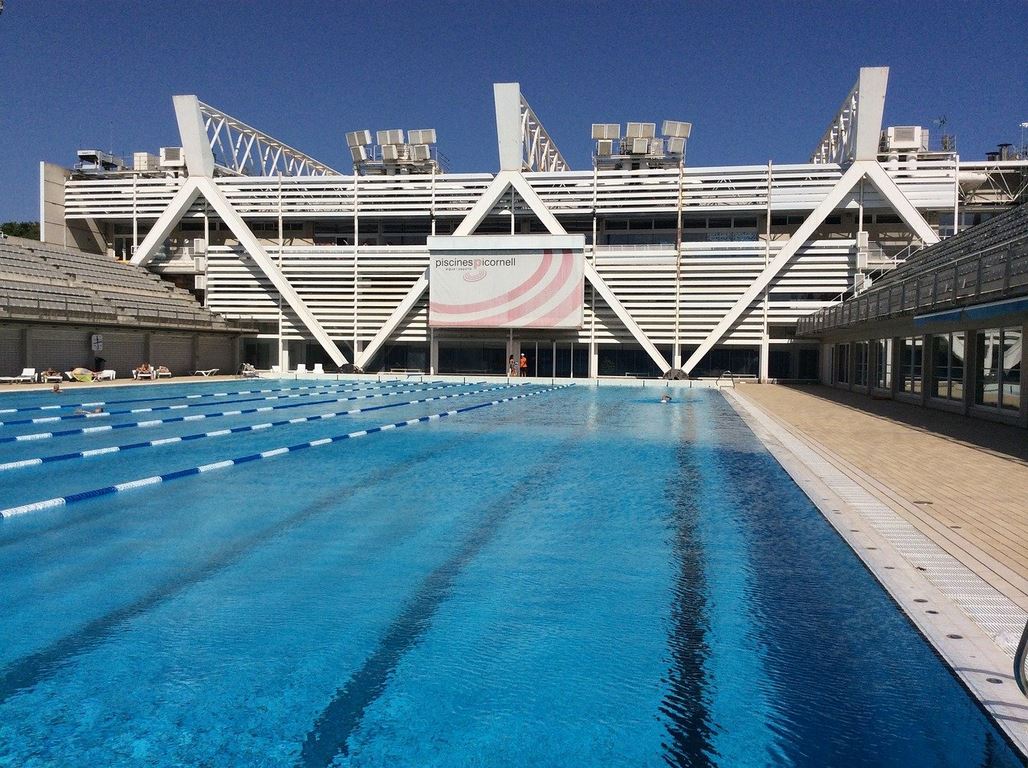With a chlorine shortage going on, many pool owners have taken to the internet, pool owners’ groups, forums, and other channels to seek alternatives to the use of chlorine.
One common chemical that gets brought up is bleach. While naturally, bleach isn’t a choice to be considered, unprecedented times call for unprecedented measures.
The shortage of pool-grade chlorine and the expensive nature of the available ones has driven consumers to look for alternatives.
This article discusses the use of bleach in cleaning your fiberglass pool installation.

It is important to understand that bleach and chlorine are the same. However, pool-grade chlorine is just chlorine in its natural and active form.
Pool-grade chlorine is a mixture of compounds that tone down the concentration of the cleaning agent.
Pool-grade chlorine is available in different forms, including liquid, granules, and tablet forms.
Usually, the concentration is between 65 percent and 100 percent of chlorine. Any pool-grade chlorine that contains 100 percent chlorine is hypochlorous acid.
Most of the popularly available pool-grade chlorine products are available on the market as calcium hypochlorite.
This form is available in tablet or granule form and offers a lower concentration.
Consumers may also purchase tablet-based pool-chlorine treatments in the form of tri-chor or trichloro-S-triazinetrione.
The tri-chor tablet often contains as much as 100% chlorine when used in pool cleaning.
Bleach, on the other hand, is made of a huge percentage of water. Bleach contains about 95% of materials that aren’t useful for pool cleaning and 5 to 6 percent of sodium hypochlorite.
Many bleach products contain fragrance and coloring that can harm your swimming pool and pool water.
Yes. You can substitute bleach for chlorine. However, you should understand that the effectiveness of the bleach will depend on the formulation.
Each bleach container should have a label that tells you more about the constituent ingredients.
Checking this label will give you an idea of the Sodium hypochlorite concentration in the bottle the higher the percentage of this compound, the better the bleach product for pool cleaning.
When selecting bleach for pool cleaning, be sure to choose a product with no coloring and no fragrance. Bleach products with colors can affect the color of your pool itself.
You can also check online with many retailers. You’ll find information about the chlorine content of their bleach product.
The higher the chlorine content, the better the product is for pool cleaning. If you have purchased bleach in extra amounts for future pool cleaning, store it in a cool and dry place away from direct sunlight.
Read Also:
Bleach can achieve the desired pool cleaning outcome if used in the right concentration.
Naturally, you need to be able to measure the amount of chlorine in your pool. Too little chlorine content won’t clean your pool, and too much can affect your pool negatively.
When adding chlorine, the ideal range is between 1 to 3 parts per million (ppm). While you can aim for 2 ppm, you should give yourself a chance to fall up or down the scale for a better result.
If you are using Clorox, 100 to 200 ounces of the regular-strength bleach is recommended per 10,000 gallons of pool water.
For clarity, each gallon of pool water is about 128 ounces. You’ll find many bleach products in the half- or one-gallon size.
If you are hiring a pool professional for the job, they’ll most likely be conservative about the use of bleach.
You may end up using as low as ¼ of a gallon per 10,000 gallons of pool water. With this calculation, you’ll be getting a decent 2.5 ppm of chlorine in your pool water.
You can also use 1 gallon of bleach for 30,000 gallons of pool water which brings the value down to about 2 ppm.
Note that the recommendations above are based on the belief that most pool owners will use standard bleach that contains about 5 to 6% of chlorine.
If you have purchased any form of concentrated bleach, which most likely contains a higher chlorine percentage, you may need to reformulate or use a different concentration.
Use stabilizers certain chemicals are volatile when exposed to direct sunlight.
Chlorine breaks down in the presence of sunlight, and this is why stabilizers like cyanuric acid are used. Make sure to use stabilizers always.
Ask the professionals to ensure that you are doing the right thing, go slow with the process and ask professionals for help.
You do not want to damage your pool as it’ll cost you a lot of money to fix. It is better to ask for help now than to shell out hundreds of dollars in repairs.
Low water pressure in the house can be more than just a minor inconvenience; it…
Crowdfunding is a busy world, and an attractive video can make all the difference between…
Find the ideal prayer mat for a deeper spiritual experience with our guide on materials,…
Avoid costly damage with expert tips on preventing and fixing bad plumbing. Protect your home…
Discover why Chesterfield sofas are ideal for seniors: effortless use, ultimate comfort, easy maintenance, and…
In the realm of interior design, the quest for striking yet versatile elements often leads…